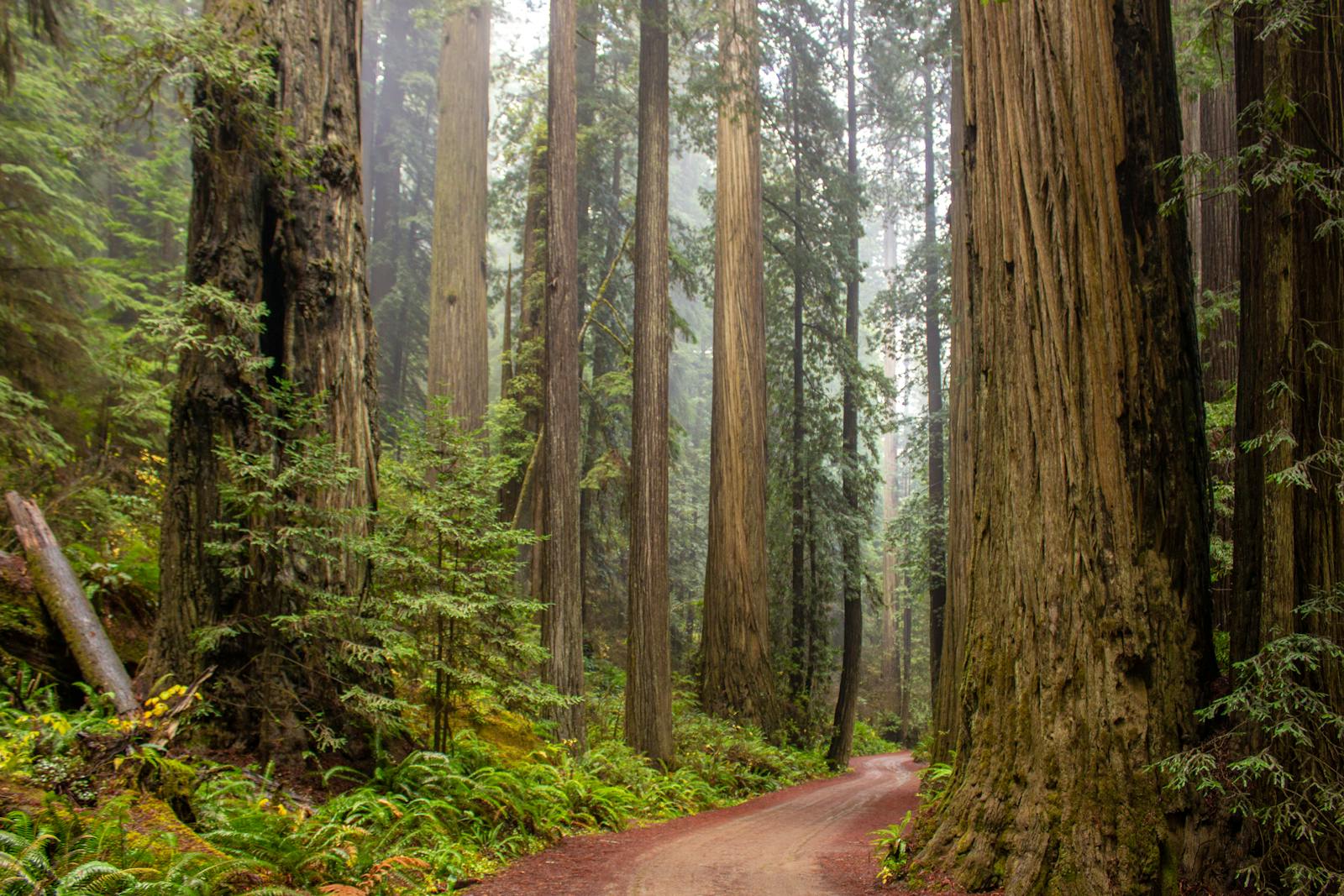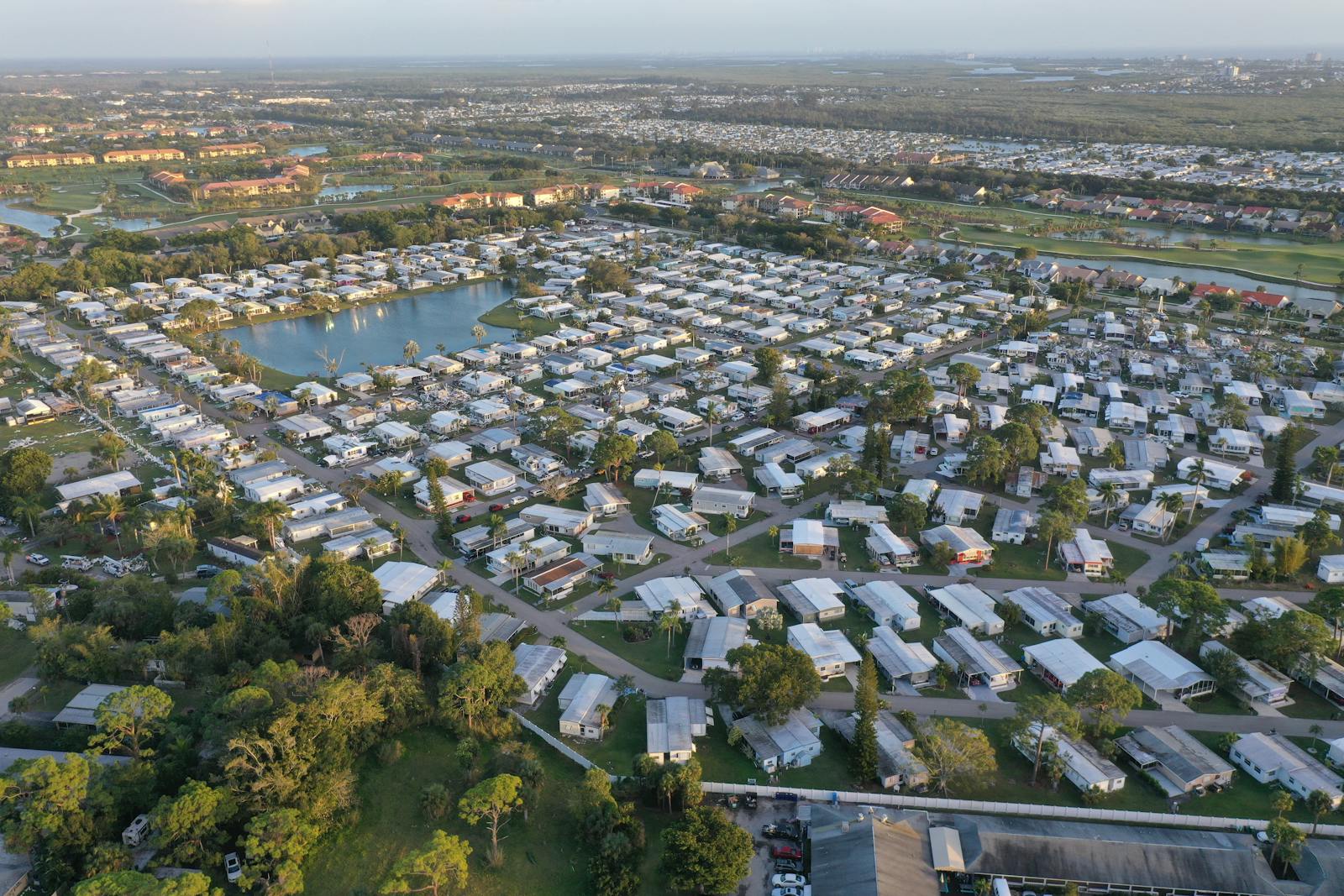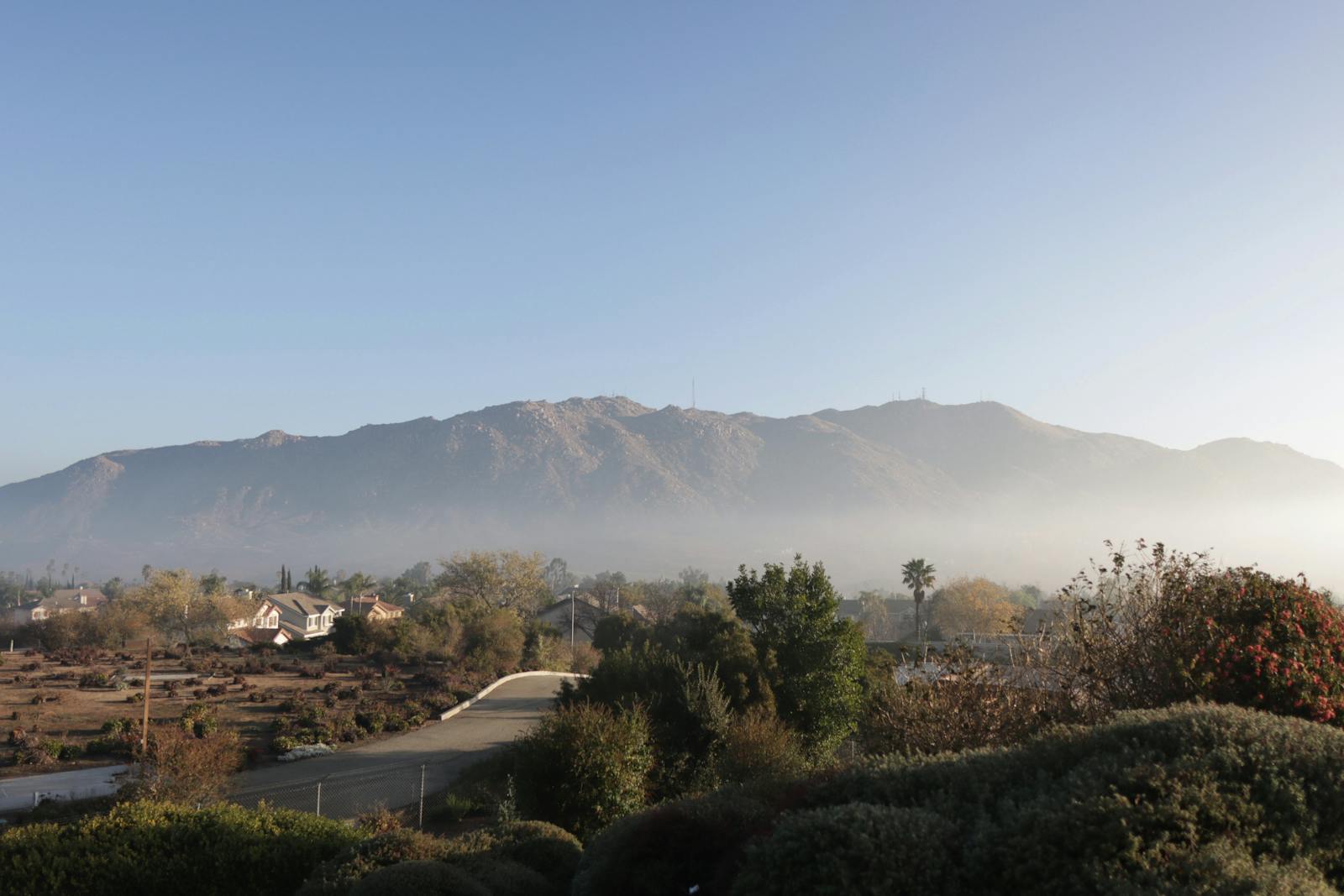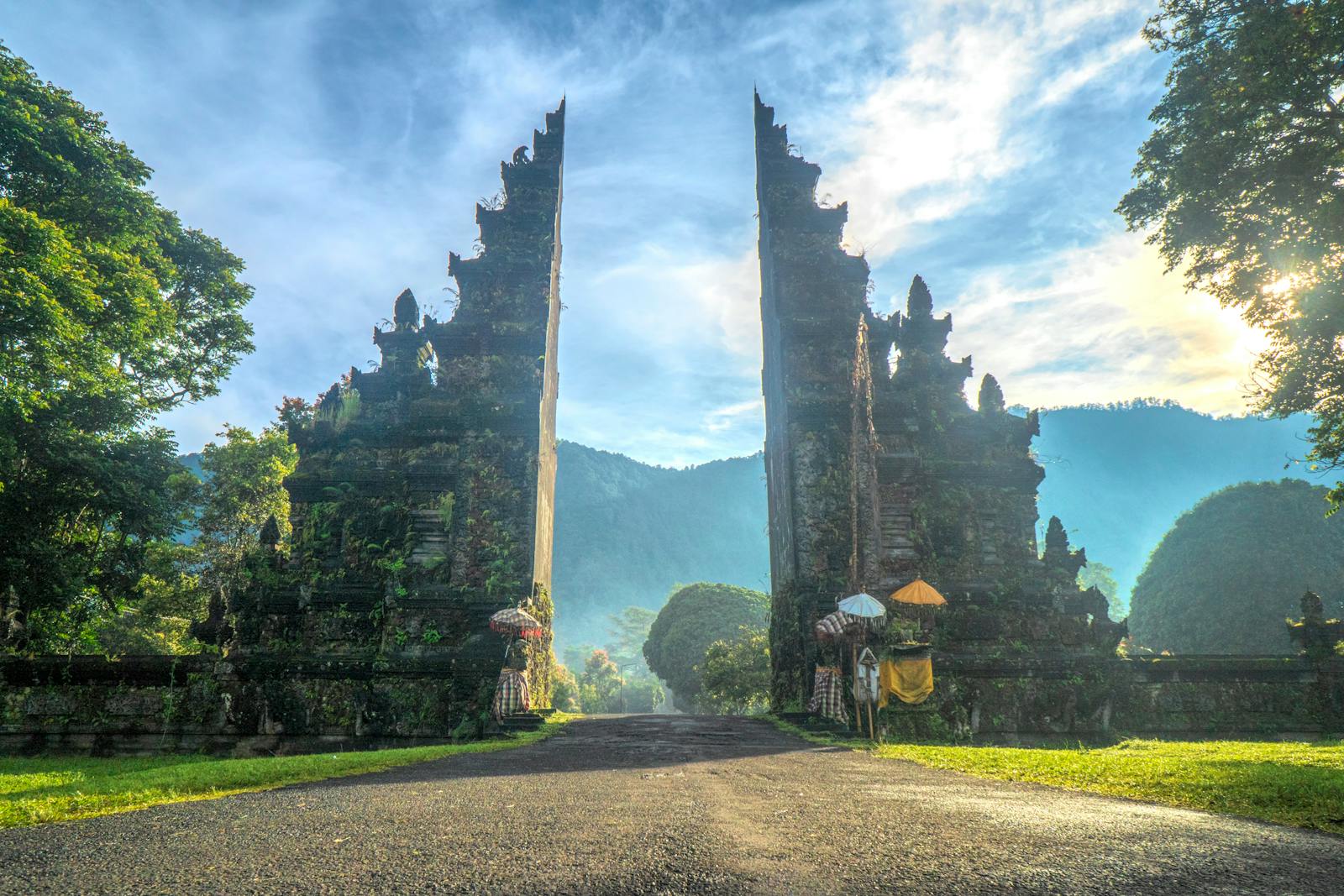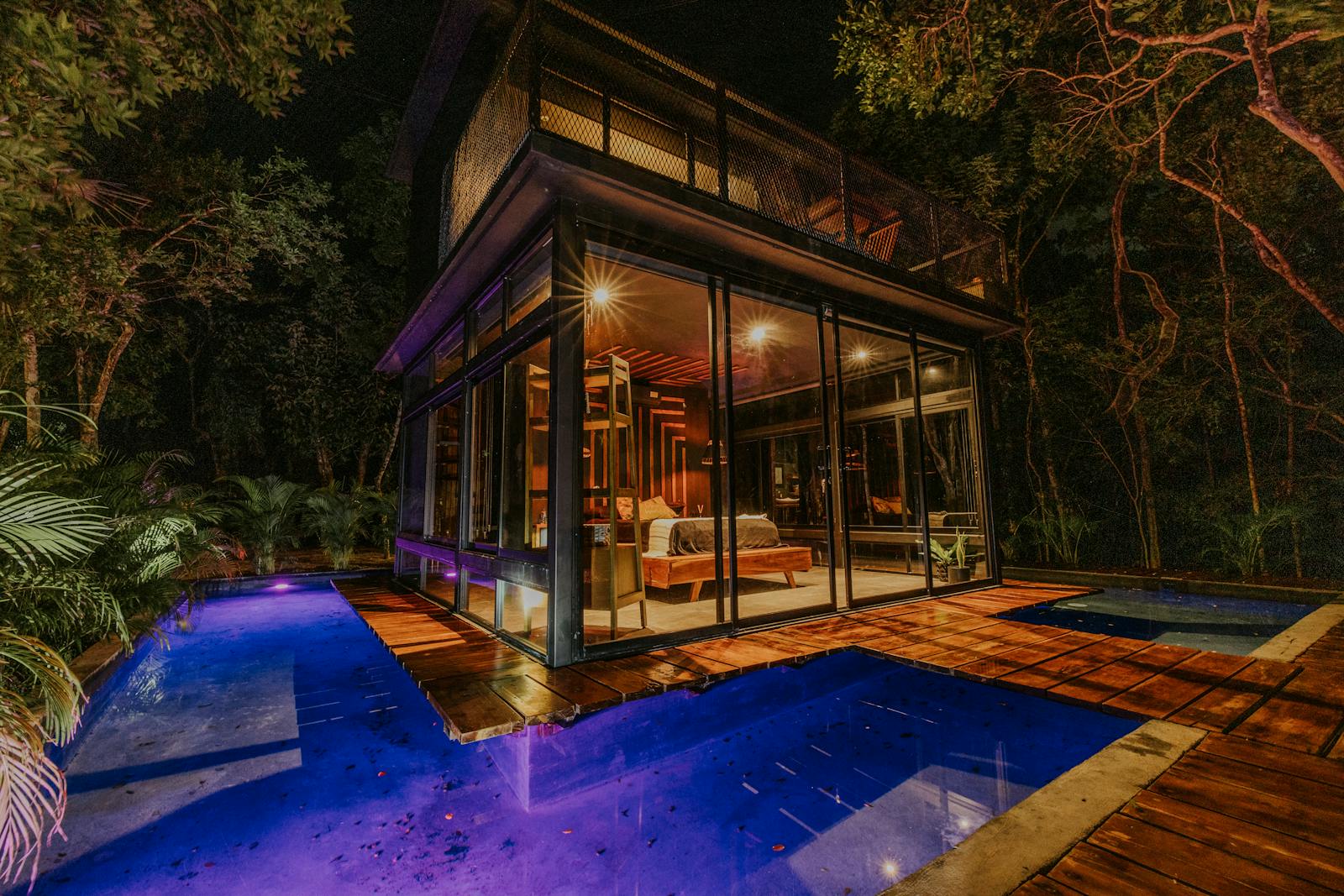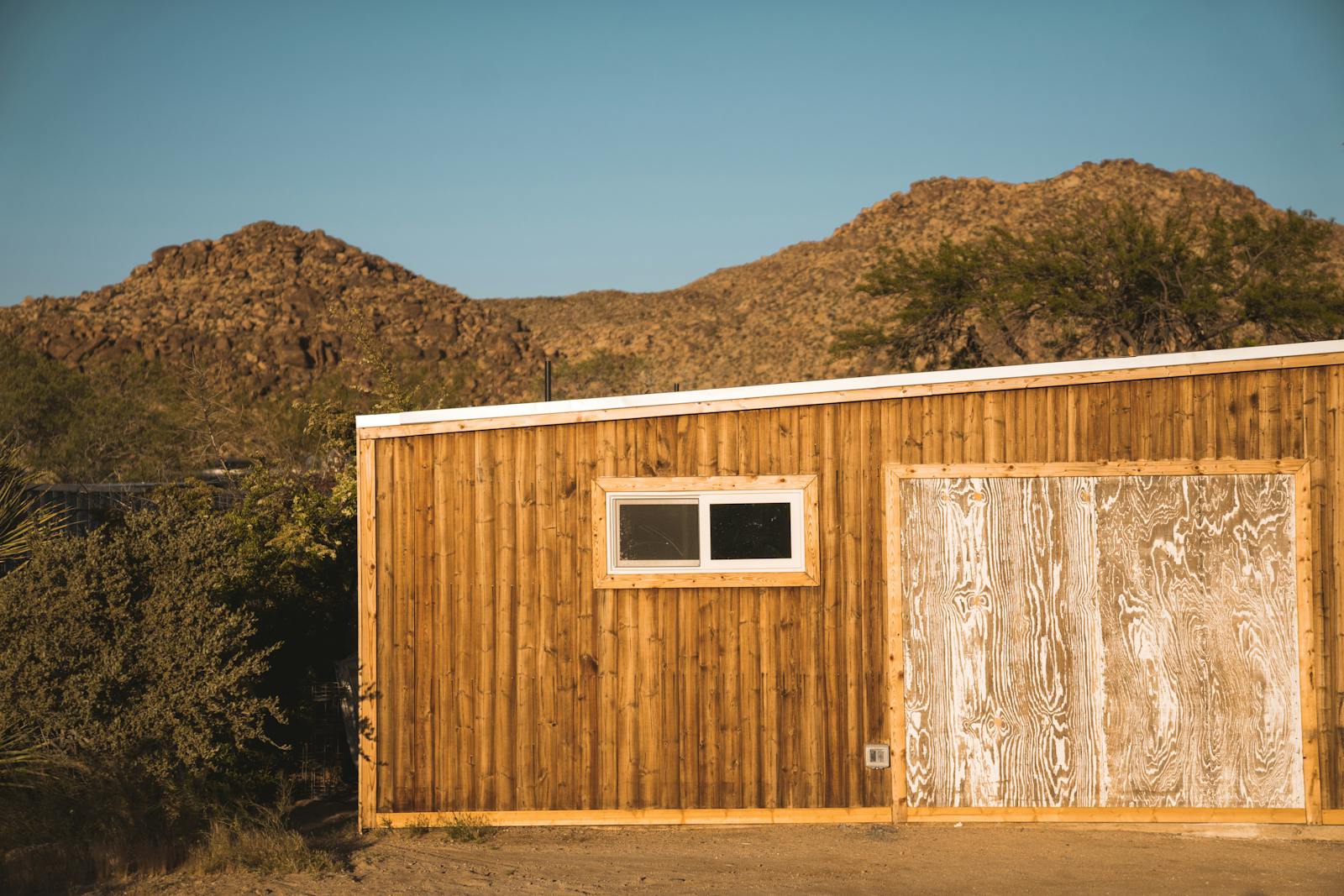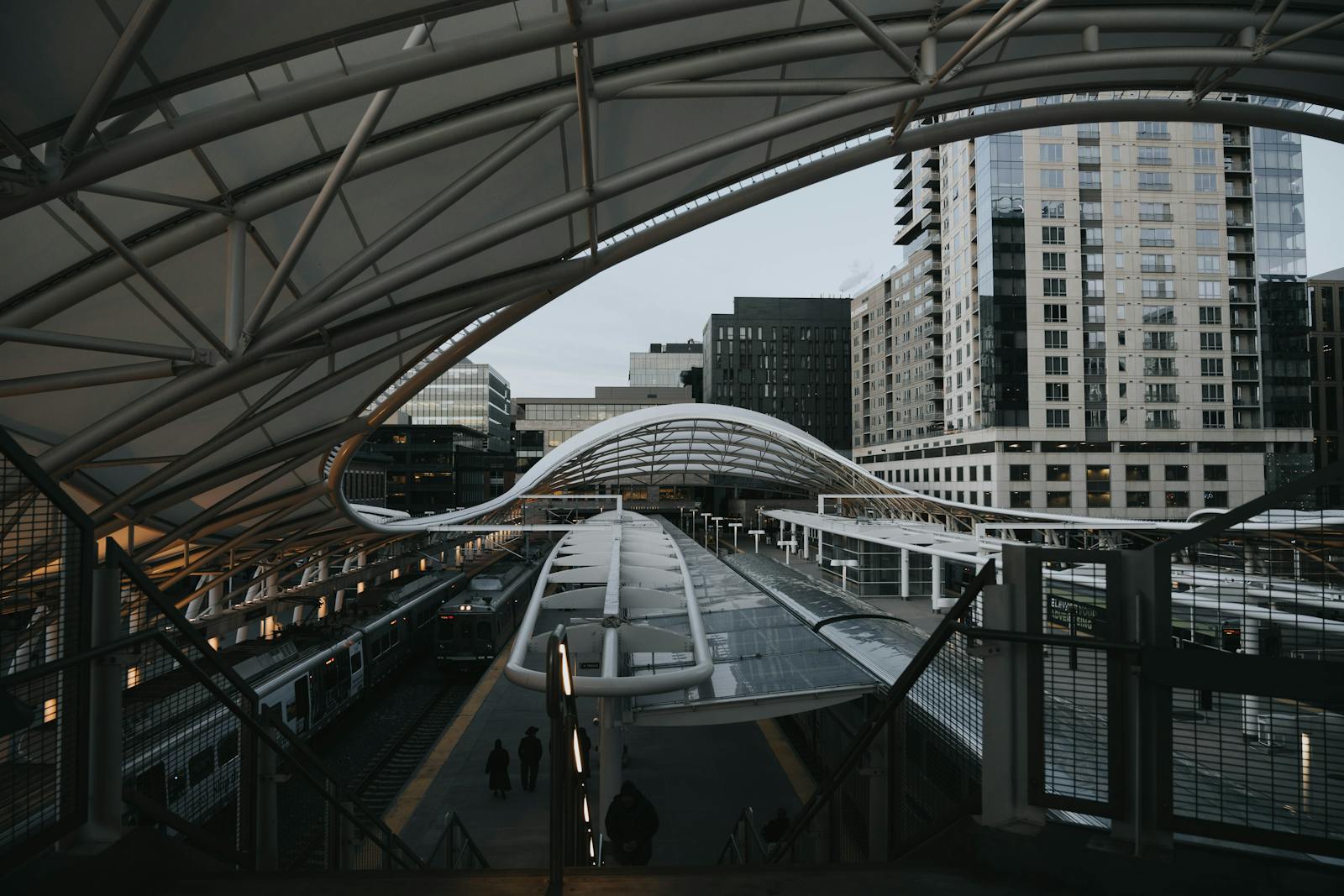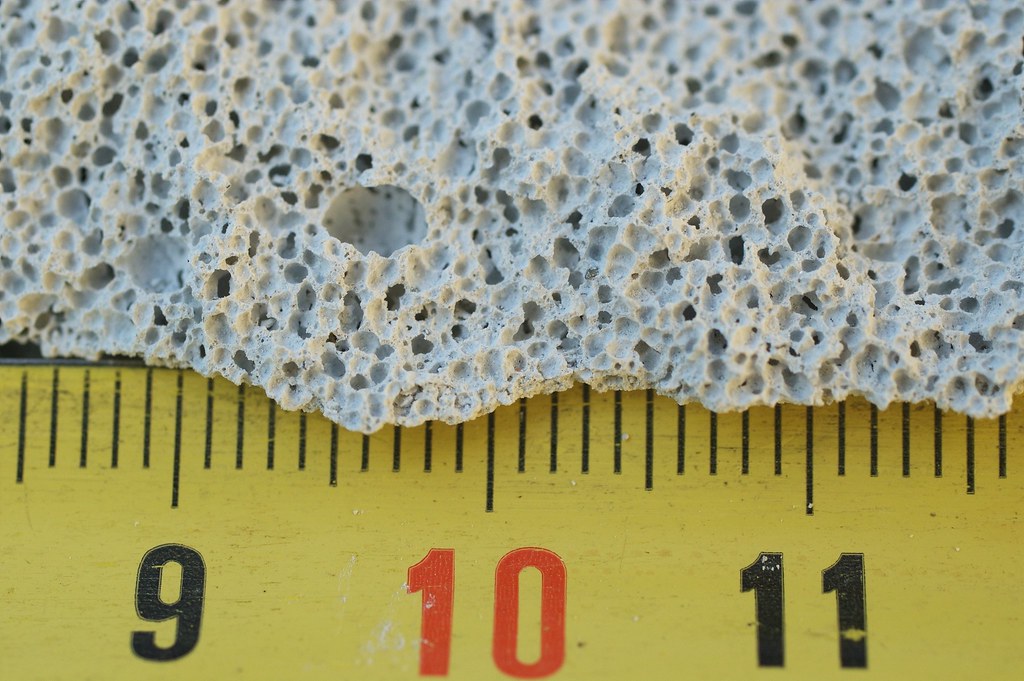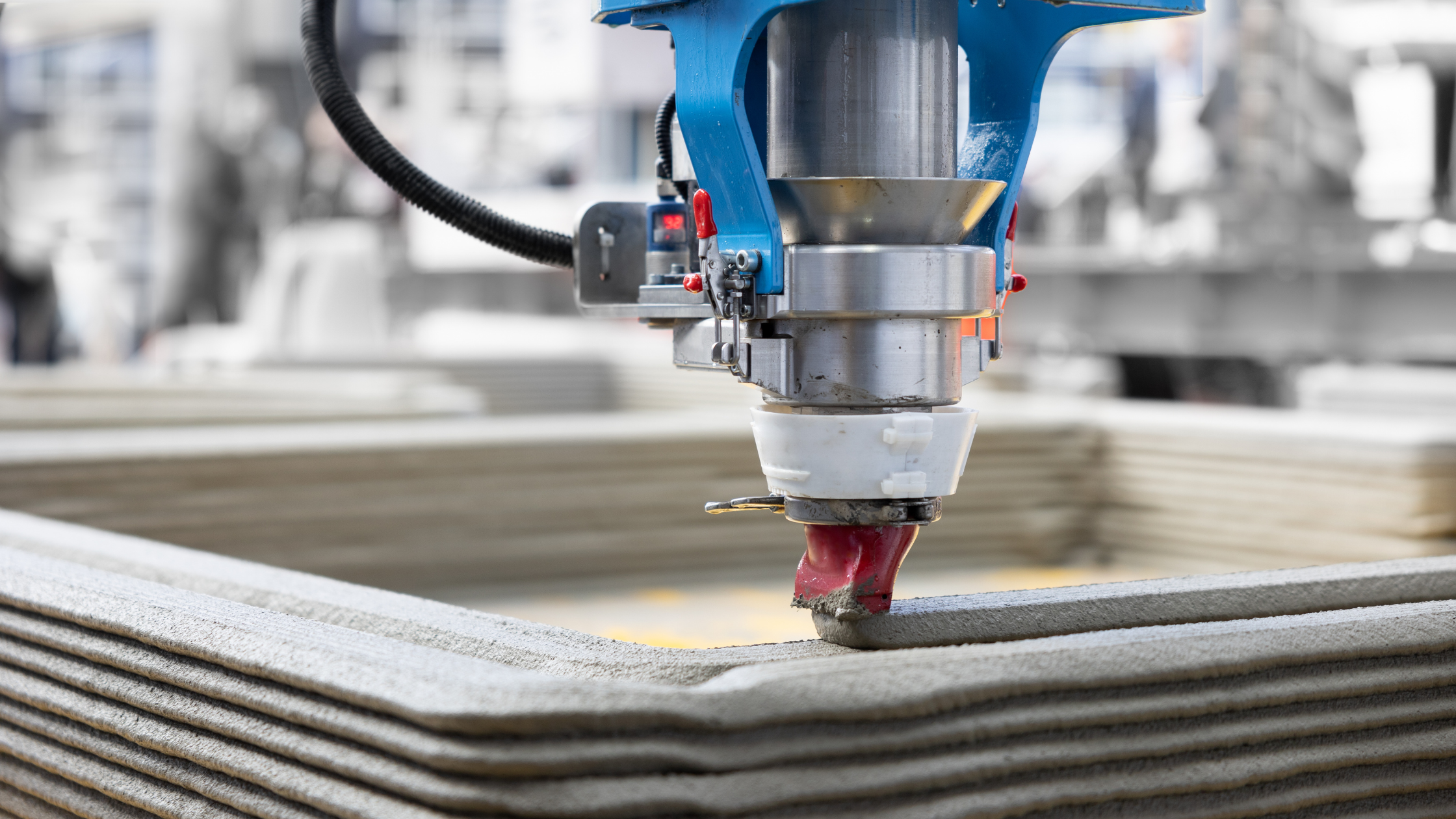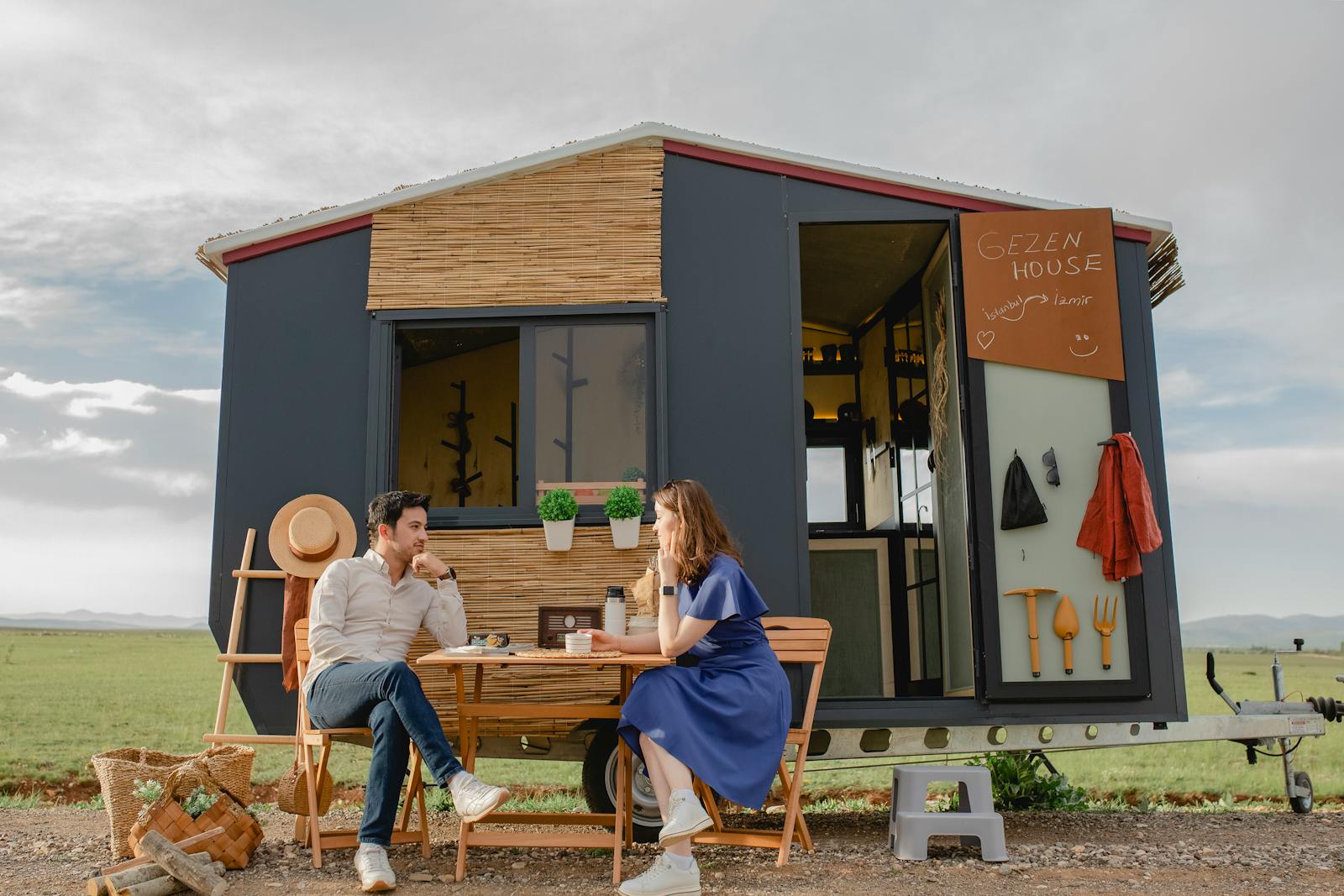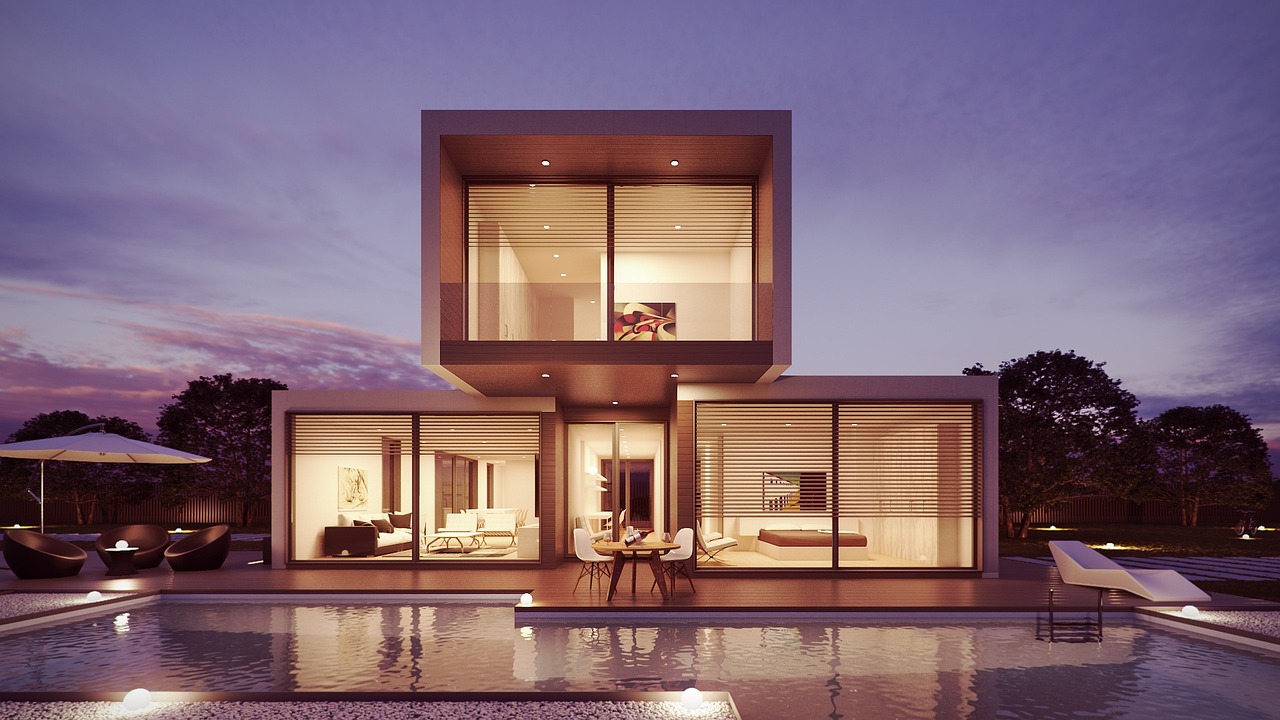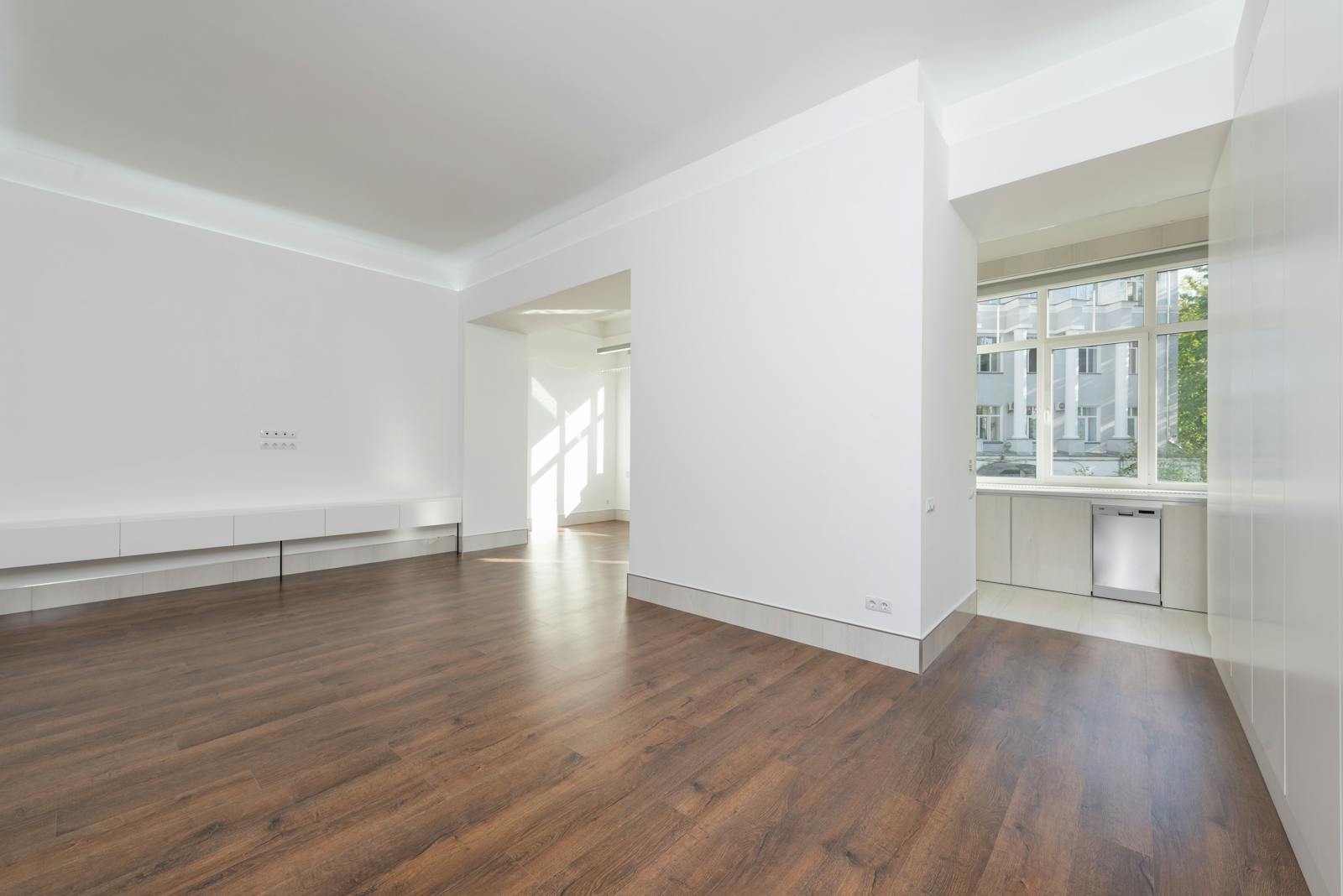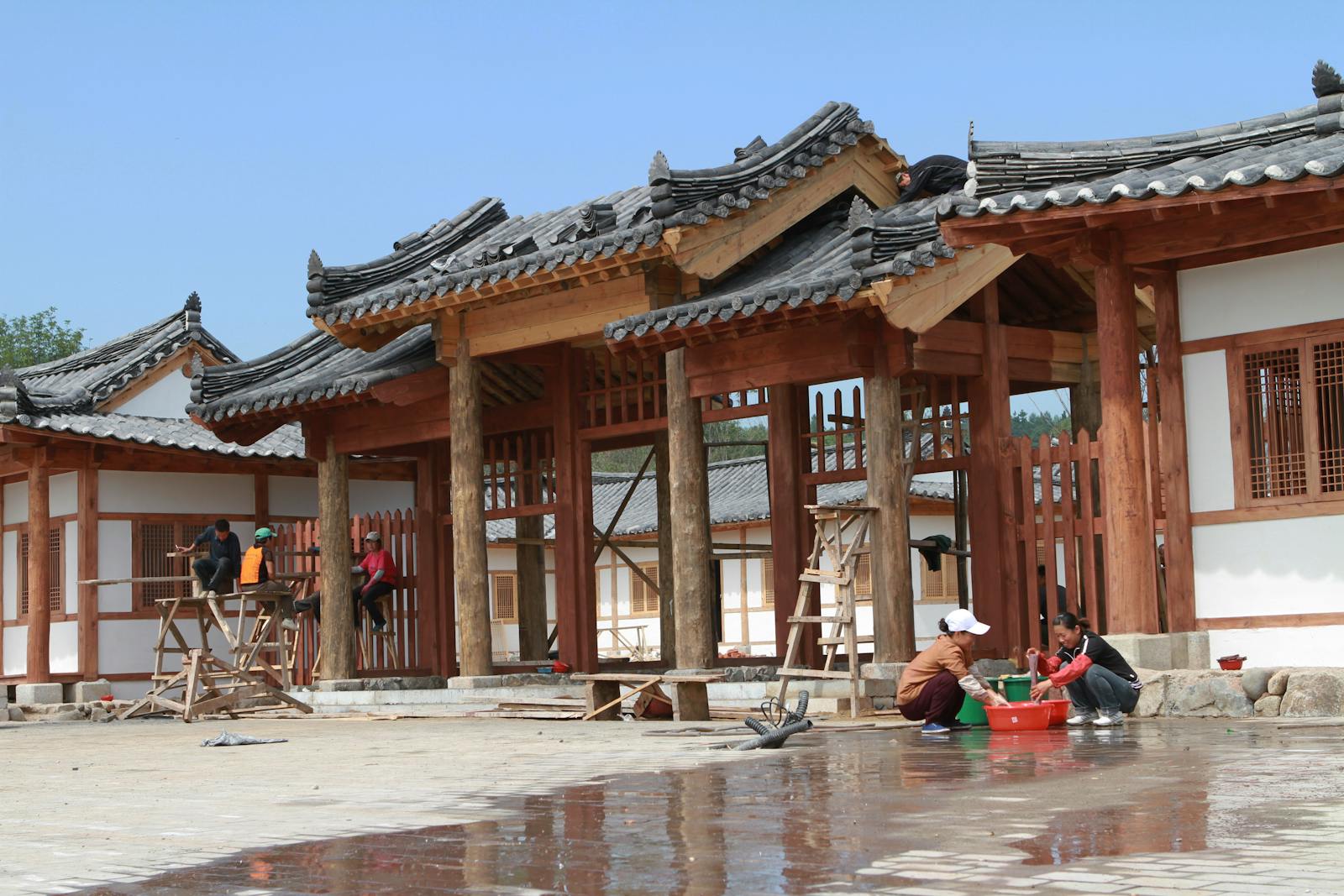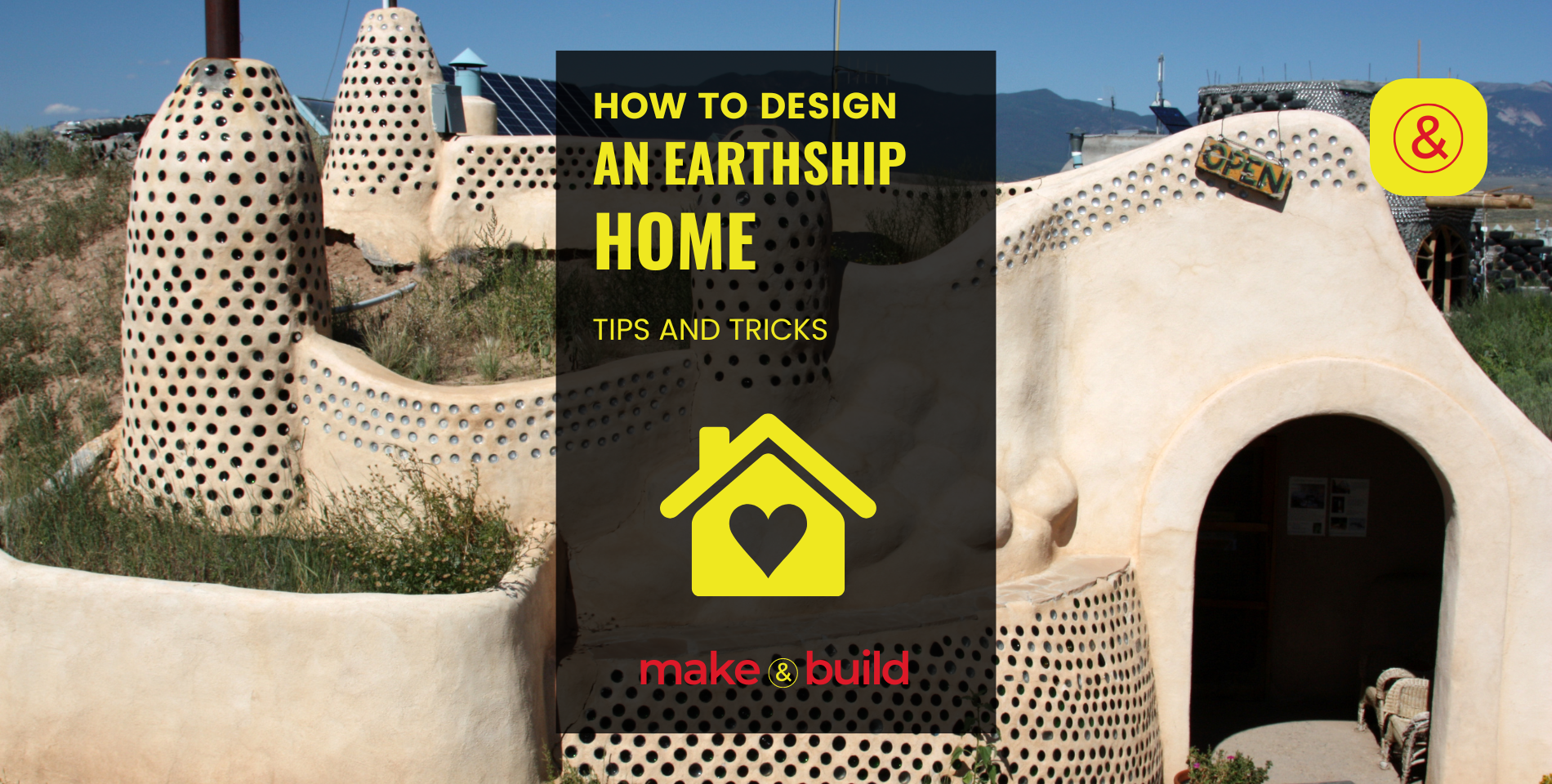Building in Visalia, United States
Visalia, California offers affordable development opportunities, access to materials, and a supportive climate for both construction and agriculture.
Building in Visalia, United States
Visalia, California offers affordable development opportunities, access to materials, and a supportive climate for both construction and agriculture.
Visalia Building Insights
- Scores
- Building Insights
- Photos
- Video
- Building Costs & Affordability
- Zoning & Land Use Regulations
- Infrastructure Readiness
- Climate & Environmental Factors
- Sustainability & Green Building
- Construction Workforce
- Investment & Development Potential
- Permitting & Bureaucratic Hurdles
- Seismic, Flood & Disaster Resilience
- Urban Expansion vs. Rural Development
- Top Construction Methods Used in the City
✅ Overall City Development Score
🏛️ Ease of Building Permits & Regulations Score
📍 Zoning Flexibility Score
🏢 Land Availability Score
👷 Construction Workforce Availability Score
🪵 Material Accessibility Score
🔌 Infrastructure Readiness Score
💰 Cost of Construction Score
⏳ Project Completion Speed Score
🌡️ Climate Adaptability Score
🌪️ Extreme Weather Risk Score
💨 Air Quality Score
🚰 Water Availability & Quality Score
🏗️ Soil Stability Score
🌱 Sustainability & Green Building Score
🏦 Real Estate Investment Potential Score
📊 Cost of Living Score
📈 Property Value Growth Score
📝 Taxation & Development Incentives Score
🏢 Business & Commercial Growth Score
🚇 Transportation & Public Transit Score
⚡ Utility & Energy Reliability Score
📡 Smart City & Technology Integration Score
🚶 Walkability & Accessibility Score
🏗️ Urban Density & Space Efficiency Score
🛡️ Safety & Crime Rate Score
🎓 Education & Workforce Training Score
🏥 Healthcare & Emergency Services Score
🏡 Community Development & Livability Score
🚀 Future Growth Potential Score
📖 City Building Overview:
Situated in California’s Central Valley, Visalia combines a growing suburban population with access to agricultural land, making it ideal for both urban infill and rural development. With a favorable permitting process, available land, and reliable infrastructure, the city presents strong opportunities for real estate investment. Its proximity to Sequoia National Park, emphasis on sustainable building, and affordability make it a rising star in Central California’s construction landscape.
City Name 🏙️
Country 🌍
United States
Latitude & Longitude 📍
36.3302° N, 119.2921° W
✈️ Living & Working Remotely
Climate & Weather Considerations ☀️🌧️
Dry, Mild Winters, Hot Summers
Nearby Parks and Attractions 🌅
-
Sequoia National Park
-
Mooney Grove Park
-
ImagineU Interactive Children’s Museum
Best Construction Methods for the City 🏗️
-
Prefab
-
3D Printing
-
Traditional Wood Framing
-
Rammed Earth (rural/outskirts)
Local Building Regulations & Permits 📜
Visalia follows the California Building Standards Code (Title 24). Permits are issued by the City of Visalia’s Community Development Department, covering residential, commercial, electrical, mechanical, and solar installations. Online permit tracking and e-submission portals streamline approvals for contractors and homeowners.
Water Management & Tap Water Quality 💧
Tap water in Visalia generally meets safety standards, but periodic testing for nitrates and contaminants is recommended in rural areas. Water is sourced from groundwater and managed by California Water Service – Visalia District, known for its community reports and transparent quality standards. 💧 Learn more about water quality and management at WaterWise Innovations or check your local tap water report here. 🚰
Zoning & Land Use Restrictions 🏢
The city enforces specific zones for agriculture, residential, commercial, and mixed-use. The General Plan promotes infill development, walkability, and preservation of agricultural land on the outskirts.
Farming & Gardening Potential 🌱
High – Visalia is in the heart of the Central Valley, ideal for both large-scale farming and backyard gardening. The climate supports citrus, vegetables, grapes, and native landscaping. 🌱 Explore the best gardening strategies for your area at RootJoy!
Availability of Construction Materials 🏗️
Easy – Due to Visalia’s central location and strong agricultural and development industries, materials like lumber, concrete, and prefabricated elements are easily sourced.
City Sustainability 🌍
Visalia has made strides in solar energy adoption, stormwater management, and sustainable planning, but still has room for growth in green infrastructure and smart energy grids. 🌍 Discover how cities are embracing sustainability at Sustainable World!
Cost of Construction Per Square Foot 💰
$180 – $250 per sq ft (USD)
Workforce & Skilled Labor Availability 👷
Medium – There’s access to local trades and general contractors, but shortages may occur during peak seasons.
Sustainability & Green Building Initiatives 🌱
Developing – Off-grid solar, water catchment, and natural building methods gaining traction.
Infrastructure & Utilities Access ⚡
Reliable – Strong access to water, power, broadband, and transportation infrastructure; however, public transit is minimal.
Resilience to Natural Disasters 🌪️
-
✅ Earthquakes
-
✅ Floods
-
❌ Hurricanes
-
✅ Fires (wildland-urban interface risk)
Investment & Development Opportunities 📈
High – Affordable land, a growing population, and its location near key Central California highways make Visalia a strong candidate for residential and mixed-use development.
Urban vs. Rural Development Suitability 🌆🏡
-
🌆 Urban Core: Ideal for infill and mixed-use
-
🏡 Rural Fringe: Suitable for homesteads, ADUs, and agricultural builds
Government Incentives & Grants 💸
Visalia participates in California’s CALHome, Prop 1, and Low-Income Solar Programs. Incentives also exist for water conservation landscaping and ADU construction.
Building Insights & Key Facts 🔍
-
Located near Sequoia National Park
-
Popular for mid-size developers and agriculture-linked investments
-
Strong support for single-family homes and modular expansion
-
Emphasizes solar, efficient HVAC, and sustainable construction codes
City Development Score 📊
74/100
Building Costs & Affordability in Visalia, California
Visalia, situated in California’s Central Valley, provides relatively affordable building options when compared to other parts of the state. It presents a favorable cost-to-value ratio for developers, homebuilders, and investors looking to establish residential or mixed-use structures.
Construction Costs per Square Foot
The estimated construction cost in Visalia generally falls within the following ranges:
-
Standard Grade Construction: Around $140 to $160 per square foot
-
Premium Grade Construction: Approximately $160 to $210 per square foot
-
Luxury Grade Construction: Typically between $210 and $250 per square foot
Accessory Dwelling Units (ADUs) have their own pricing structures depending on the type:
-
Detached ADUs: $200 to $300 per square foot
-
Attached ADUs: $150 to $250 per square foot
-
Conversion ADUs: Garage or space conversions may range from $50,000 to $100,000 depending on complexity
Keep in mind that costs can shift based on design complexity, material choices, and customization levels.
Permit Fees and Regulatory Costs
Permit fees in Visalia are determined by the size, type, and nature of the project. These fees typically include:
-
Plan check fees
-
Inspection fees
-
Fire and safety plan reviews
-
Development impact fees for public infrastructure
Fee schedules are updated periodically and depend on square footage and construction type. It’s important to consult with local planning and permitting departments when budgeting your build.
Real Estate Market & Affordability
Visalia’s real estate market continues to grow steadily. While land remains relatively accessible compared to coastal California cities, property values are increasing, which may raise the long-term ROI of building new housing or rental units. This makes Visalia attractive for both affordable housing projects and long-term investment builds.
Factors That Influence Costs
-
Design Complexity: Unique floor plans or high-end architecture will raise overall costs.
-
Material Type & Availability: Using imported or specialized materials can increase expenses.
-
Labor Conditions: Local labor supply, wage rates, and subcontractor demand influence final costs.
-
Lot Conditions: Grading, access, and utility connections may add to total project cost.
Conclusion
Visalia stands out as a promising location for builders seeking affordability, moderate permitting processes, and an upward-trending housing market. With mindful planning, builders can develop cost-efficient projects that align with both budget and future value expectations.
Zoning & Land Use Regulations in Visalia, California
Overview
Visalia’s zoning and land use regulations are designed to manage responsible growth while preserving agricultural heritage and enhancing quality of life. Guided by the city’s General Plan, zoning policies ensure development aligns with long-term community goals.
Zoning Classifications
The city is divided into several zoning categories that define permitted uses and development standards:
-
Residential Zones: R-1 (Single-Family), R-M (Multi-Family), and other subtypes support housing development at varying densities.
-
Commercial Zones: Enable retail, office, and service businesses, with standards for signage, parking, and design.
-
Industrial Zones: Designated for manufacturing, logistics, and production, often located in eastern Visalia.
-
Agricultural Zones: Protect farmland and promote agricultural operations.
-
Mixed-Use Zones: Combine residential and commercial activities to support walkable, vibrant neighborhoods.
Each zone has regulations regarding height limits, setbacks, lot size, and building coverage to maintain consistency and manage land use efficiently.
Land Use Objectives
Visalia’s land use strategy emphasizes:
-
Infill and Smart Growth: Encouraging development within existing urban areas to reduce sprawl.
-
Farmland Preservation: Protecting agricultural zones and minimizing urban encroachment.
-
Walkability and Mixed Use: Supporting developments that integrate housing, business, and community services.
-
Sustainability: Requiring green space, stormwater planning, and energy-efficient designs.
These policies are enforced through coordinated planning and zoning reviews.
Development Process
To develop or modify land in Visalia, applicants may need:
-
Site Plan Review: Ensures compliance with zoning and design standards.
-
Conditional Use Permits (CUPs): For land uses not automatically permitted within a zone.
-
Zoning Variances: For exceptions due to unusual property conditions.
-
Environmental Review: Required under CEQA for projects that may impact the environment.
Major proposals may involve community meetings or go before the Planning Commission or City Council for approval.
Conclusion
Understanding Visalia’s zoning and land use process is essential for developers, investors, and residents looking to build or invest in the area. The city balances economic growth with environmental stewardship and community-centered planning.
Infrastructure Readiness in Visalia, California
Visalia is well-equipped to support development with solid infrastructure across transportation, utilities, and industrial zones. As a growing city in California’s Central Valley, it continues to invest in systems that serve both residents and businesses.
🚗 Transportation Network
Visalia’s strategic location near State Routes 99 and 198 ensures efficient regional access. The city operates Visalia Transit, which offers local and intercity bus services. Visalia Municipal Airport provides regional air travel options, adding to the city’s logistical capabilities.
💧 Utilities and Water Systems
The city’s utility infrastructure is reliable and expanding. Cal Water, which manages Visalia’s water supply, is currently constructing a one-million-gallon storage tank and booster station to support increasing demand. Electricity and internet infrastructure are also in place for both urban and industrial development.
🏭 Industrial Development
Visalia Industrial Park is a major hub, providing large-scale space for manufacturing and logistics operations. With access to utilities, broadband, and major highways, it supports continued economic expansion and job creation.
✅ Summary
Visalia offers developers and investors a strong infrastructure foundation, with proactive upgrades to water, transportation, and industrial systems ensuring long-term capacity and reliability.
Climate & Environmental Factors in Visalia, California
☀️ Climate Overview
Visalia experiences a hot-summer Mediterranean climate (Köppen Csa), typical of California’s Central Valley. The city sees hot, dry summers with average highs in the upper 90s°F (35–37°C), and cool, damp winters with average lows in the 30s°F (0–5°C). Annual rainfall is modest, averaging around 10–12 inches, primarily falling between November and March.
🌫️ Air Quality Challenges
Due to its location in the Central Valley, Visalia occasionally experiences air quality concerns, particularly during wildfire season or agricultural burn periods. The region has made strides in reducing emissions, but particulate matter and ozone levels can still pose risks during certain times of the year.
🌾 Agricultural Impact
The surrounding region is one of the most productive agricultural zones in the U.S., which influences both environmental factors and water usage. Fertile soils and flat terrain make the area ideal for farming and potential urban-agricultural integrations in sustainable developments.
🔥 Wildfire Risk
While Visalia itself is not heavily forested, nearby foothill and mountain areas pose a moderate wildfire risk, especially during the dry summer months. Construction in outlying areas may require compliance with California’s Wildland-Urban Interface (WUI) building codes for fire safety.
💧 Drought & Water Scarcity
The city has faced drought-related water restrictions during severe dry periods. Builders and developers are encouraged to incorporate water-saving technologies and drought-resilient landscaping into their projects to align with state and city conservation goals.
Visalia’s climate supports solar energy, drought-resistant design, and year-round construction, but it also requires careful consideration of air quality, fire risk, and water conservation in both urban and rural planning.
🌍 Sustainability & Green Building in Visalia, California
Visalia is committed to sustainable growth, implementing green practices in energy, construction, and environmental management. Through proactive planning and local collaboration, the city continues to evolve into a more resilient, eco-conscious community.
🌞 Renewable Energy Initiatives
Visalia has embraced solar energy through streamlined approval processes and education initiatives for homeowners and businesses. The city encourages the installation of solar panels and supports projects that reduce reliance on traditional power sources.
💧 Water Conservation Efforts
Ongoing drought conditions have prompted Visalia to prioritize water conservation. Upgrades to the city’s water recycling and treatment infrastructure aim to preserve water resources, especially for agriculture and long-term community use. Groundwater sustainability is a key focus, with programs in place to protect local aquifers.
🏗️ Green Building Standards
Visalia follows California’s strict green building codes, which include energy efficiency, water conservation, and construction waste reduction measures. Public buildings and new developments often include green retrofitting, solar integration, and low-impact design.
🏘️ Sustainable Housing Projects
Recent housing developments in Visalia incorporate energy-efficient appliances, improved insulation, and low-flow plumbing fixtures. These efforts contribute to lower utility costs for residents and reduced environmental impact.
🌿 Environmental Conservation
Community programs support local stewardship through clean-up events, recycling education, and urban greenery. Visalia actively promotes environmental awareness and volunteerism as part of its broader green strategy.
Visalia’s dedication to sustainability is visible in its policies, public projects, and citywide programs. By integrating green principles into urban planning, the city is laying a strong foundation for long-term environmental and economic resilience.
👷 Construction Workforce in Visalia, California
Visalia, located in California’s Central Valley, supports a growing construction workforce thanks to its steady development in residential, commercial, and public infrastructure projects.
🛠️ Workforce Composition
The construction workforce in Visalia includes a mix of general laborers, electricians, plumbers, HVAC technicians, project managers, and skilled trade workers. Local contractors, developers, and government projects provide continuous employment opportunities across sectors.
💼 Employment Opportunities
Visalia offers a wide range of construction-related job roles, from apprenticeships to experienced trade positions and site supervisors. The steady demand is driven by new housing developments, urban expansion, and ongoing improvements to roads, utilities, and facilities.
📈 Industry Outlook
With the city’s ongoing growth, the outlook for construction employment remains positive. As development plans continue and the demand for skilled labor increases, the workforce is expected to grow and diversify, making Visalia a strong market for construction professionals.
Visalia’s construction workforce plays a vital role in shaping the city’s infrastructure and future. The combination of affordable land, growing population, and diverse project opportunities makes it a promising hub for skilled labor in the building industry.
💰 Investment Potential in Visalia, California
Visalia, nestled in the heart of California’s Central Valley, offers a unique opportunity for real estate and development investment. With its growing population, relatively affordable land, and expanding commercial sectors, the city is increasingly attractive to both residential and commercial developers.
📊 Real Estate Market Overview
Visalia’s home prices remain well below the California average, making it an appealing choice for investors looking for better returns without the high cost of entry seen in coastal cities. The local housing market has experienced steady appreciation in value year over year, pointing to long-term stability and growth.
🏢 Rental Market Dynamics
The city has a growing rental demand driven by local job growth, family-friendly neighborhoods, and a strong education sector. Rent prices are competitive, offering a balance between affordability for tenants and profitability for landlords. The rental vacancy rate is relatively low, indicating a healthy demand for housing.
🏭 Economic and Industrial Growth
Visalia continues to experience economic expansion, especially in logistics, agriculture, healthcare, and light manufacturing. Its central location and access to major transportation corridors support ongoing commercial and industrial growth, which in turn stimulates housing demand and boosts investor confidence.
🌟 Investment Highlights
-
Affordability: Entry-level housing prices and build costs remain accessible compared to much of the state.
-
Steady Appreciation: Local properties have shown consistent value growth, offering long-term capital gains.
-
Population & Job Growth: The city’s upward population trend and expanding employment base create favorable conditions for both new builds and buy-to-hold strategies.
-
Development Flexibility: A wide mix of properties—from infill lots to multi-acre parcels—allow for diverse investment plays, including rentals, flips, and new developments.
📝 Conclusion
With its combination of affordability, job creation, infrastructure investment, and market stability, Visalia presents a compelling case for developers and real estate investors alike. Whether you’re building single-family homes, planning multi-unit developments, or entering the commercial space, Visalia is a city on the rise with solid potential for returns.
🏗️ Permitting & Bureaucratic Hurdles in Visalia, California
Navigating the construction permitting process in Visalia requires coordination with multiple city departments. While the city has taken steps to improve efficiency, developers may still face challenges that impact timelines and costs.
📝 Permit Application Process
To begin construction in Visalia, applicants must work with the Community Development Department. This typically involves:
-
Zoning Clearance: Ensuring the project aligns with local land use designations.
-
Site Plan Review: Submitting drawings for compliance with codes and ordinances.
-
Permit Submissions: Providing necessary documents, plans, and application forms.
-
Specialty Permits: Obtaining approvals for electrical, plumbing, mechanical, or other systems.
Applications may be submitted in person, via drop-off, or through the city’s digital permitting system.
⏳ Common Challenges
Despite modernization efforts, some common hurdles include:
-
Multi-department Review: Plans must often pass through planning, engineering, building, and fire departments, increasing processing time.
-
Detailed Code Compliance: Projects must meet city and state requirements, including environmental and accessibility regulations.
-
Limited Staffing or High Volume: These issues can slow down response times or create backlogs.
🔧 Streamlining Measures
Visalia has introduced initiatives to simplify the process:
-
Online Submissions: Select permits can be applied for and tracked digitally.
-
Expedited Review: Certain project types, such as clean energy installations, may qualify for faster approval timelines.
📊 Development Impacts
In recent years, permitting trends have influenced housing activity in Visalia. For example, a decline in single-family housing permits reflects shifts in the local development market, while multi-family permits have increased—suggesting changing demand and zoning responsiveness.
✅ Summary
While Visalia is actively working to improve its permitting efficiency, builders should be prepared for a structured process that may involve wait times and coordination across departments. Early planning and understanding the full scope of regulatory requirements can help reduce delays and ensure smoother project approvals.
🔗 City of Visalia Permit Center
Main hub for planning, engineering, and building services.
https://www.visalia.city/depts/community_development/
🔗 Building Permits & Applications – City of Visalia
Apply for permits, access inspection services, and find checklists.
https://www.visalia.city/depts/community_development/building_permits/default.asp
🔗 Visalia Municipal Code – Title 16 (Buildings and Construction)
Local regulations for all construction and land use within city limits.
https://library.qcode.us/lib/visalia_ca/pub/municipal_code/item/title_16
🔗 Planning Division – Zoning, Maps, and Long-Range Planning
Access zoning info, land use guides, and development applications.
https://www.visalia.city/depts/community_development/planning_division/
🔗 California Building Standards Code (Statewide Regulations)
State building codes followed by all California cities, including Visalia.
https://www.dgs.ca.gov/BSC
🌍 Seismic, Flood & Disaster Resilience in Visalia, California
🏚️ Seismic Resilience
Visalia is located in a region with moderate seismic activity. While it is not directly situated on a major fault line like the San Andreas Fault, California’s statewide earthquake risk still applies. The city follows California’s strict seismic building codes to ensure new construction can withstand potential earthquakes. Structural designs must account for soil type, building use, and the seismic zone rating for the area.
🌊 Flood Risk & Mitigation
Flooding is a concern for parts of Visalia, particularly during heavy seasonal rains. The city uses infrastructure such as dams, levees, and stormwater systems to manage overflow and reduce the risk of damage. Certain areas remain flood-prone, and builders must consider elevation and water flow when developing land. Flood zones are mapped and regulated to ensure residential and commercial properties are adequately protected.
🛡️ Disaster Preparedness & Community Resilience
Visalia participates in regional hazard mitigation planning in coordination with Tulare County. These plans assess risks from earthquakes, floods, fires, and other disasters while outlining strategies for emergency response and long-term resilience. City departments regularly review and update emergency operation procedures to align with best practices in public safety and infrastructure protection. Programs focused on community education and preparedness are also encouraged to enhance local resilience.
🌆 Urban Expansion vs. 🌄 Rural Development in Visalia, California
📈 Urban Expansion
Visalia has experienced steady growth in recent years, expanding outward from its central downtown core. As one of the fastest-growing cities in California’s Central Valley, urban development is being directed toward new residential subdivisions, commercial zones, and infrastructure improvements. City planning favors smart growth principles—focusing on walkable communities, mixed-use development, and access to public services—especially in areas near transit corridors and schools.
The General Plan prioritizes infill development and higher-density housing options to limit unnecessary sprawl. However, pressures from population growth and housing demand have pushed some expansion toward the city’s outskirts.
🌾 Rural Development
Just beyond Visalia’s urban boundaries lies fertile agricultural land and a network of rural communities. Rural development in these areas is generally limited to preserve farmland and open space. The county emphasizes zoning restrictions and land conservation policies to balance growth with the preservation of agricultural productivity.
For those seeking off-grid living or sustainable land use, opportunities exist in nearby unincorporated areas, though they often come with reduced access to utilities and municipal services.
⚖️ Development Balance
Visalia’s long-term challenge is managing growth while protecting its agricultural heritage and rural character. The city continues to refine policies that support a healthy balance between expanding infrastructure, creating housing, and preserving the Central Valley’s natural resources and farming economy.
🏗️ Top Construction Methods Used in Visalia, California
Visalia, situated in California’s Central Valley, employs a range of construction methods tailored to its climate, soil conditions, and local regulations. The following are the most prevalent construction techniques utilized in the area:
1. Stick-Built (Traditional Wood Framing)
Traditional wood framing, commonly known as stick-built construction, is widely used in Visalia for residential projects. This method involves assembling the structure on-site using lumber, offering flexibility in design and ease of modification. It is particularly suited to Visalia’s relatively dry climate and is favored for its cost-effectiveness and adaptability.
2. Modular and Prefabricated Construction
Modular and prefabricated construction methods are gaining traction in Visalia, especially for accessory dwelling units (ADUs) and affordable housing projects. These structures are manufactured off-site in controlled environments and then transported to the construction site for assembly. This approach reduces construction time and minimizes on-site disruptions.
3. Concrete Masonry Units (CMU) and Tilt-Up Concrete
For commercial and industrial buildings, Visalia utilizes concrete masonry units (CMU) and tilt-up concrete construction. CMU construction involves stacking concrete blocks to form walls, providing durability and fire resistance. Tilt-up construction involves casting concrete panels on-site and then lifting them into place, offering speed and cost advantages for large-scale projects.
4. Steel Frame Construction
Steel framing is employed in Visalia for structures requiring large open spaces, such as warehouses and commercial buildings. Steel offers high strength-to-weight ratios, allowing for expansive interiors without the need for numerous support columns. It also provides resistance to pests and fire.
5. Sustainable and Green Building Practices
Sustainable construction practices are increasingly integrated into Visalia’s building projects. This includes the use of energy-efficient materials, solar panel installations, and designs that maximize natural lighting and ventilation. These practices aim to reduce environmental impact and promote long-term energy savings.
6. Advanced Drywall and Finishing Techniques
Interior finishing in Visalia often involves advanced drywall techniques, including various levels of texture and finish to meet aesthetic and functional requirements. Skilled labor ensures high-quality finishes that enhance the durability and appearance of interior spaces.
7. Lath and Plaster Applications
Lath and plaster techniques are employed for both interior and exterior finishes in Visalia. This method involves applying plaster over a lath framework, creating a durable and fire-resistant surface. It is particularly valued for its aesthetic appeal and longevity.
Ready to build smarter? 🏗️ Explore the best construction methods, insights, and resources for sustainable, off-grid, and innovative building at Make & Build. Start your project today! 🚀
Subscribe to the Make & Build newsletter
Posts about Building Methods, Tools, Products & Exclusive Properties in your inbox
Blog
Reviews of Visalia Building
There are no reviews yet. Be the first one to write one.

